Album cover art is often considered to be one of the “extincted” fields in modern graphics design. In times when digital copies are cheaper and quicker to get, album covers have somehow lost their importance as less and less customers actually buy CDs and LPs in the stores.
modern graphics design. In times when digital copies are cheaper and quicker to get, album covers have somehow lost their importance as less and less customers actually buy CDs and LPs in the stores.
♦ THE ART OF THE ALBUM COVER⇐ is an illustrated book with over 350 classic covers from seven decades and includes features that reveal how some of the most popular covers of all time were created as well as showcasing the work of key designers, art directors, photographers, artists and illustrators.
‡

James «Jim» Flora [1914-1998] , best known for his distinctive and idiosyncratic album cover art for RCA Victor and Columbia Records during the 1940s and 1950s, was also a prolific commercial illustrator from the 1940s to the 1970s and the author/illustrator of 17 popular children’s books.
•→ https://scenesmedia.com/hipster-flipster-illustrator-jim-flora ⇐
◊ ♦ David Stone Martin ⇓ [1913-1992]
His album portraits, mostly done in distinctive heavy black-ink lines, included likenesses of Stan Getz, Count Basie, Charlie Parker, Billie Holiday, Art Tatum, John Coltrane, Ella Fitzgerald, Dizzy Gillespie, Jelly Roll Morton and Duke Ellington. Mr. Martin did nearly all the covers for the Asch, Clef and Jazz at the Philharmonic labels of the 1940’s and 1950’s.
«He was essentially the first to develop an independent, serious image of jazz» and provided «an intimate insight into the music and life of jazz people» [Martina Schmitz].
. . . «That’s All» by Lester Young ⇓
•→“The First Book of Jazz” by Langston Hughes (1955)⇐
∇ Album covers of the 60s ⇓ [‘Central Park West’ by John Coltrane]
◊ Robert Crumb first began drawing record covers in 1968 when Janis Joplin, a fellow Haight Ashbury denizen, asked him to provide a cover for her album Cheap Thrills. It was an invitation the budding artist couldn’t resist, especially since he had been fascinated with record covers-particularly for the legendary jazz, country, and old-time blues music of the 1920s and 1930s-since he was a teen. This early collaboration proved so successful that Crumb went on to draw hundreds of record covers for both new artists and largely forgotten masters. So remarkable were Crumb’s artistic interpretations of these old 78 rpm singles that the art itself proved influential in their rediscovery in the 1960s and 1970s.
∇ Progressive & Psychedelic Rock Album Art ⇓ [1966-1975]
‘On the boards’ ⇑ [by Taste]
Someone has taken my day, Turned it to night,
Who turned out the light that hangs from the beams?
I don’t know what it means, but it’s too much, too bad.
If I had taken my time, Counted my steps,
I might have no regrets,
You might still be here yet,
And not in my dreams, It’s too late to care.
Somehow the world is a gone,
Please give me the keys, and open the door,
Where is the floor?
I don’t know what it means,
It’s too much to bear . . .
Lemi Ghariokwu ⇑ is a Nigerian artist and designer most renowned for providing many of the original cover images for the recordings of musician Fela Kuti.
His work involves a variety of styles, often using vibrant colours and individuated typefaces of his own design… Many of Ghariokwu’s cover images echo and sometimes comment on the work and politics of the recordings that they accompany, serving a consciously integrated metatextual function. Ghariokwu’s approach to his work with Kuti involved listening to and digesting the music and then expressing his reaction in his paintings, design and comments which provide a high level of detail on the many album covers he delivered.
⇐ John Dyer Baizley – interviewed
•→http://aperfectmonster.com/gallery/covers/⇐
¤ Las portadas censuradas del franquismo ⇓
Some examples of how censorship kept active in Spain until well into the 70s
Some examples of album covers (or ‘sleeves’) which didn’t pass the censors’ screen and were craftily redesigned or replaced altogether. Censorship blatantly mutilated quite a few albums, scoring out tracks, often without bothering to find a replacement for the missing gaps! Among those victims: The Who, The Stones, Lou Reed, Jethro Tull…
Anyway, here is a selection of pics featuring both the original design and the Spanish edition [precious items for collectors, I guess]
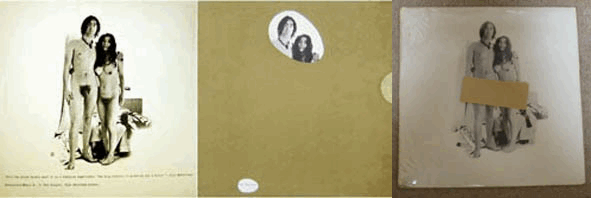
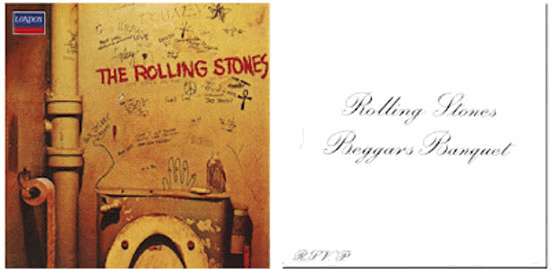
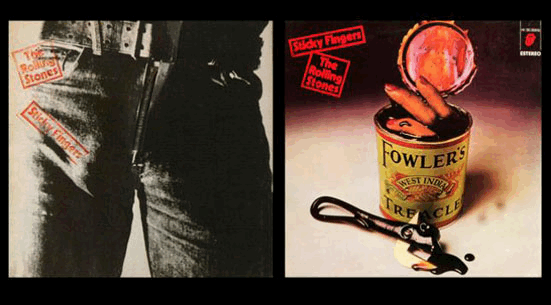
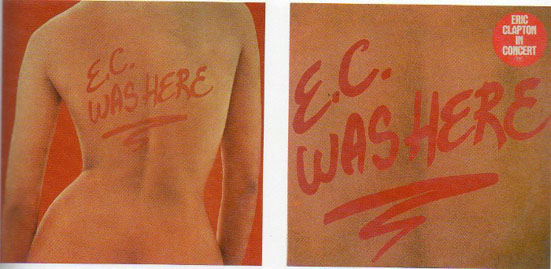
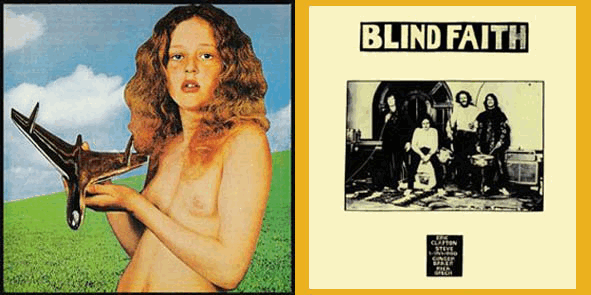


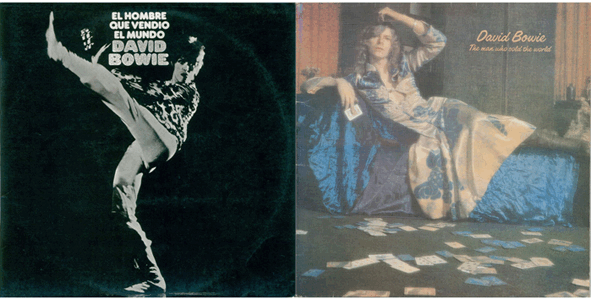


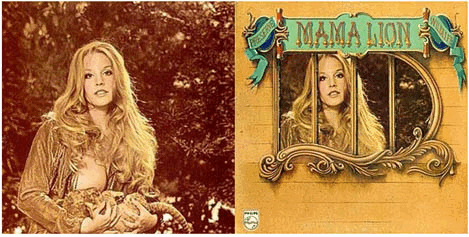
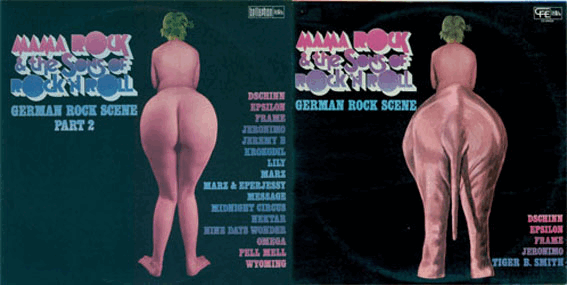

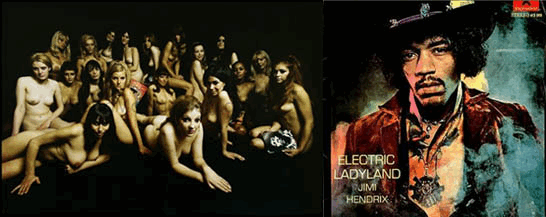
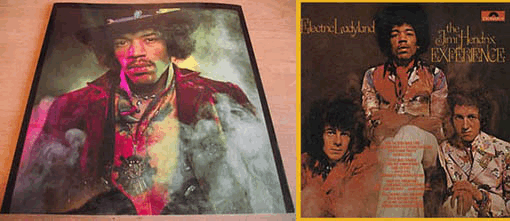
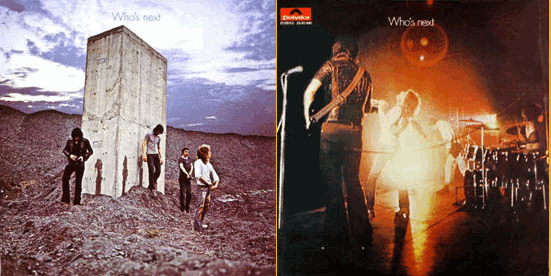
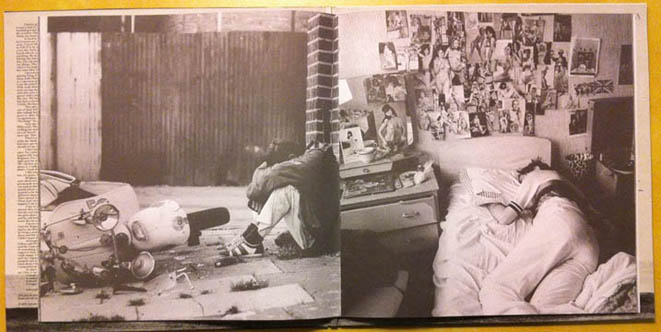
This last example is worth commenting, and it shows how hard they always cracked down on The Who. It wasn’t even the front cover of their epic album, Quadrophenia, which actually appeared as a booklet, and the picture couldn’t be seen unless you browsed through its pages… What they did was furnishing with brases & knickers all the nude pin-ups on Jimmy’s wall (over his bed).
A long track from the album (Dr Jimmy) was also removed; I’ve never learned why. And I still can’t see what they found offensive about «Who’s Next» cover (!) though I can understand what they didn’t like about the two songs they wiped off, bastards!

♦ Roxy Music ⇓
• PHIL MANZANERA ⇔ ‘Criollo’⇐[«Primitive Guitars»_1982]
¤ MATI KLARWEIN ↓ [1932-2002]
As creator of the mind-blowing cover art of albums such as Miles Davis’ Bitches Brew and Santana’s Abraxas, the late Mati Klarwein‘s work has become arguably more recognisable than the musicians he worked for… Once we began to explore his work, we discovered Mati was more than just an illustrator of record covers: he was a true artist and shaman.

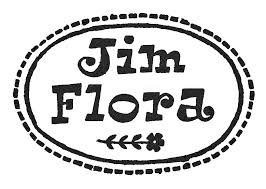







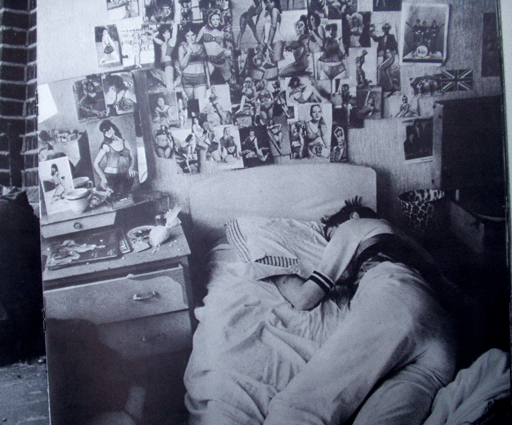


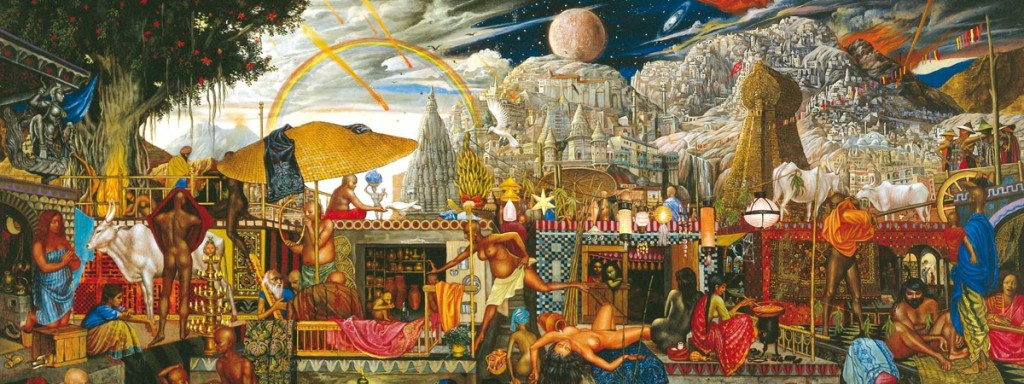
Deja un comentario